FDR's 1936 South American Goodwill Cruise on The U.S.S. Indianapolis
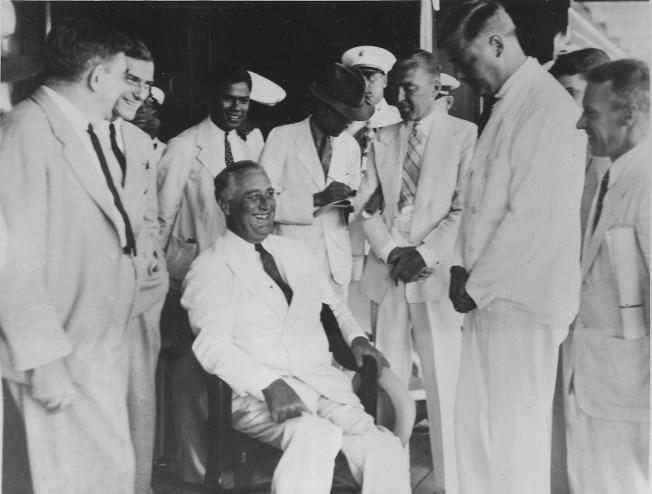
On November 18, 1936, President Roosevelt began a one-month Good Neighbor cruise to South America on the Portland-Class cruiser, the U.S.S. Indianapolis which took him to Rio de Janeiro, Brazil, Buenos Aires, Argentina, and Montevideo, Uruguay for state visits. During the trip FDR good-naturedly underwent a two-day "Shellback Ceremony." This was the first time in history that a serving President of the United States had visited outside North America. In addition to attending a Pan American Peace Conference in Buenos Aires, Roosevelt squeezed in 12,000 miles of deep-sea fishing. The U.S.S. Indianapolis was FDR's personal transport on several occasions. She survived the attack on Pearl Harbor because at the time she was conducting bombardment training off Johnston Island. The U.S.S. Indianapolis was later sunk by the Japanese after two torpedo hits on the night of July 30, 1945. Out of the crew of 900 who survived the sinking, only 316 survived the shark-infested Pacific waters. It was the worst loss of life in the history of the United States Navy. These two U.S.S. Indianapolis postal covers were signed by Franklin D. Roosevelt with bold signatures in the upper left corner for U.S. Navy Captain William R. Van Auku. The larger envelope carries a 6-cent stamp from Trinidad & Tobago while the other hosts a fantastic "U.S.S.Indianapolis" cancellation from Buenos Aires.
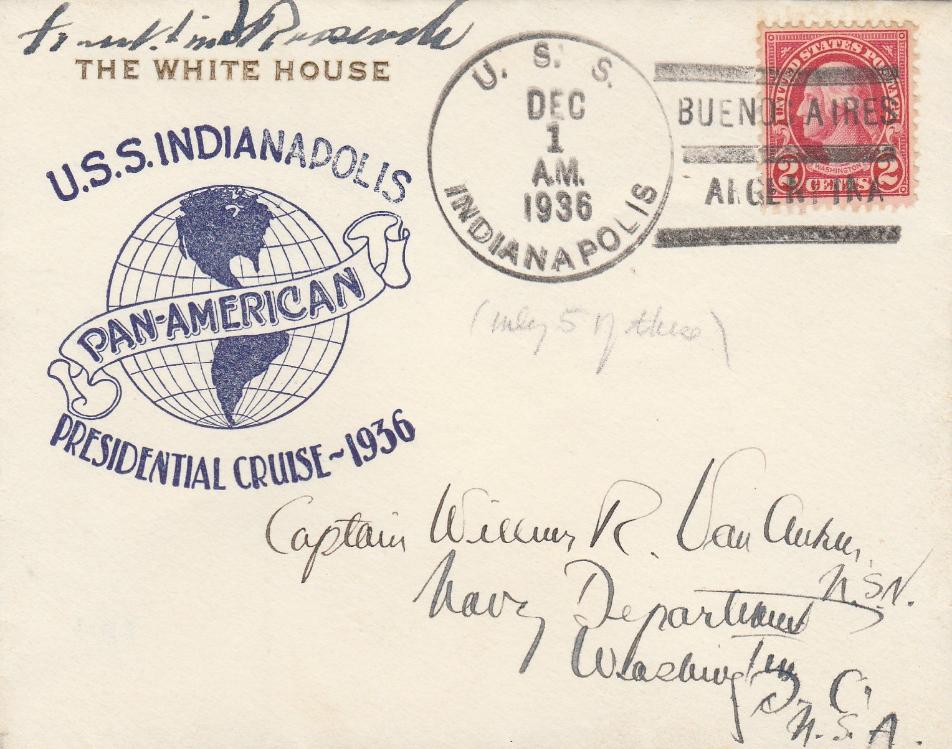
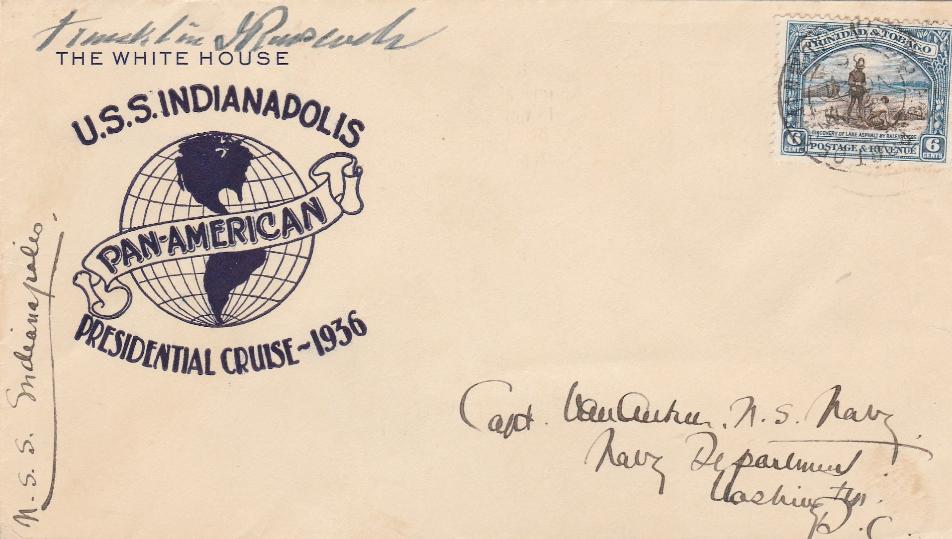
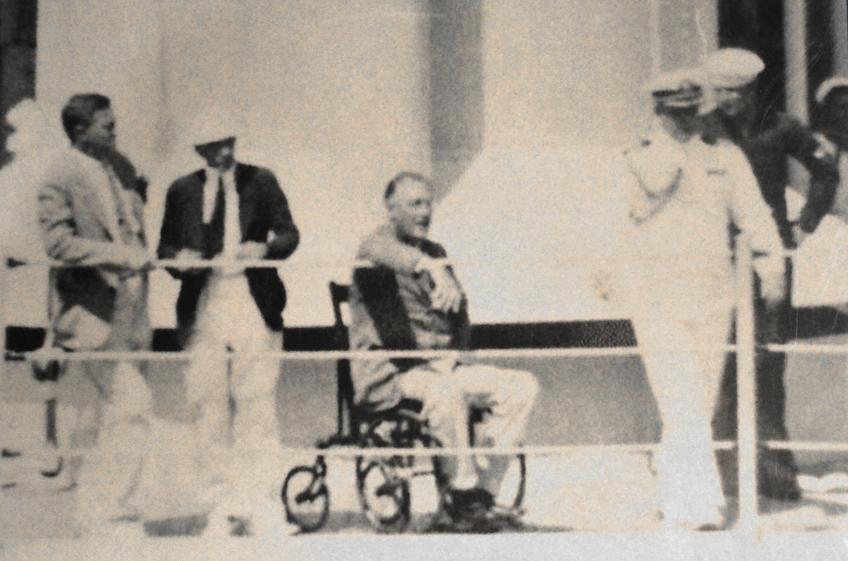
FDR On Board The U.S.S. Indianapolis (a rare photograph showing him in a wheelchair)
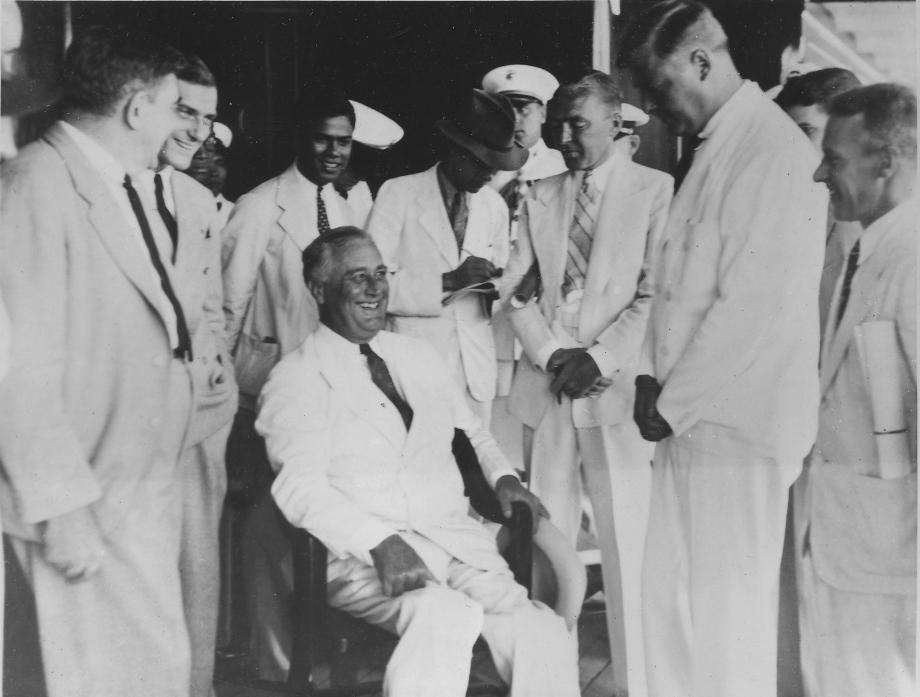
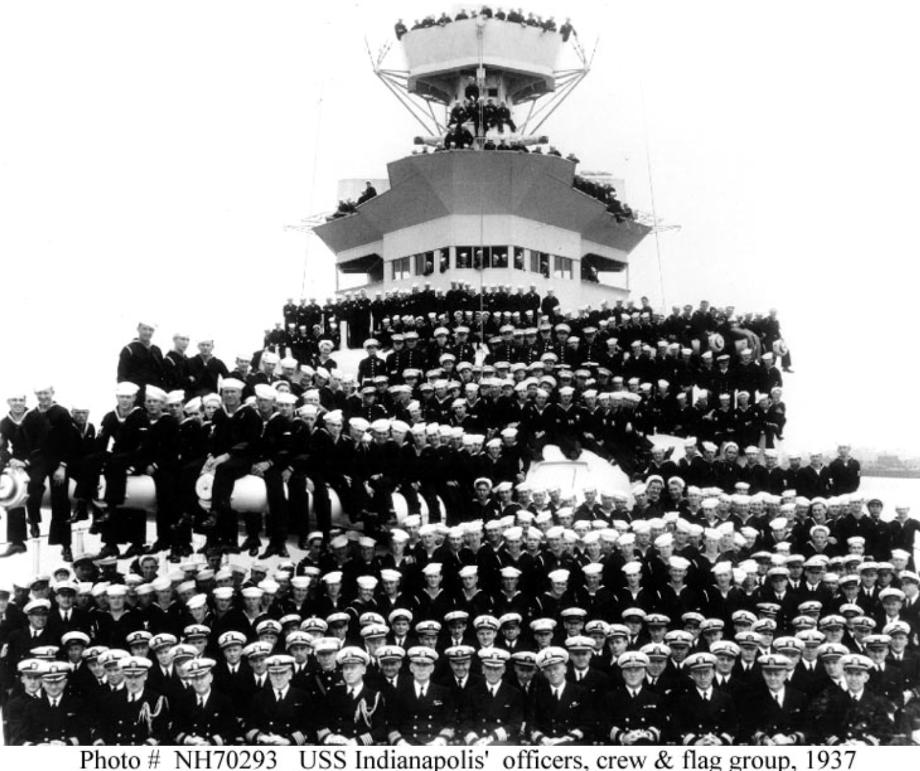
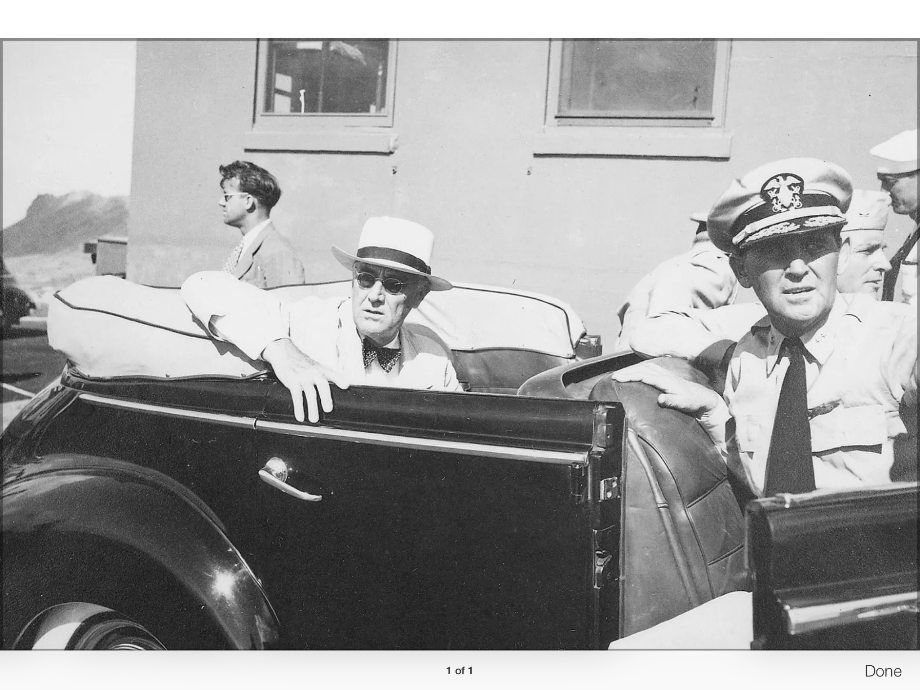
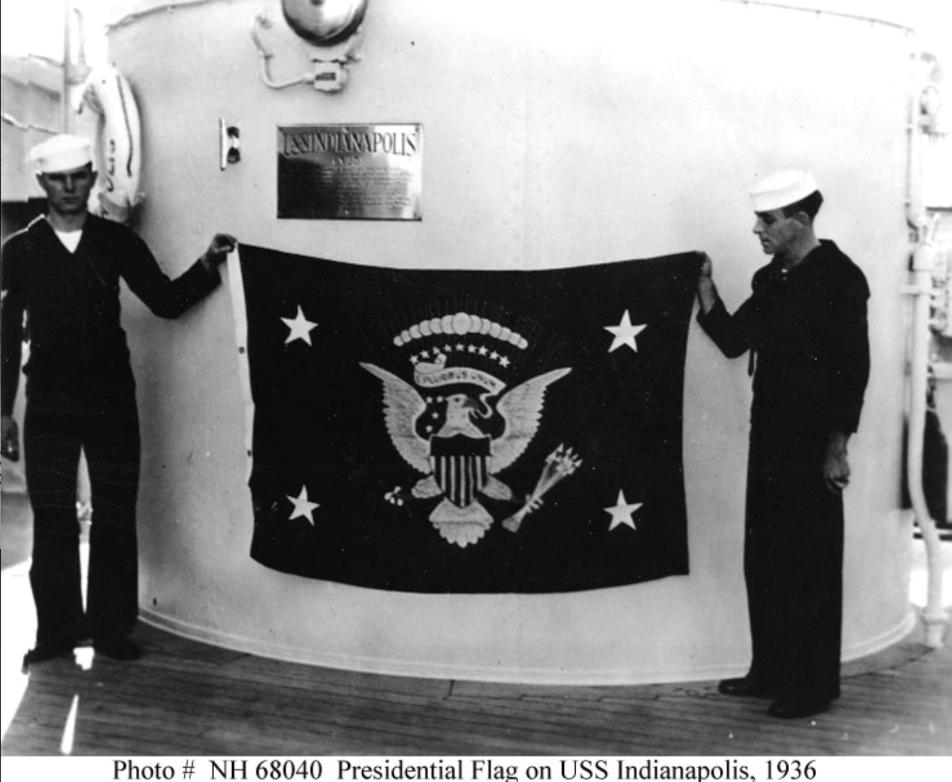
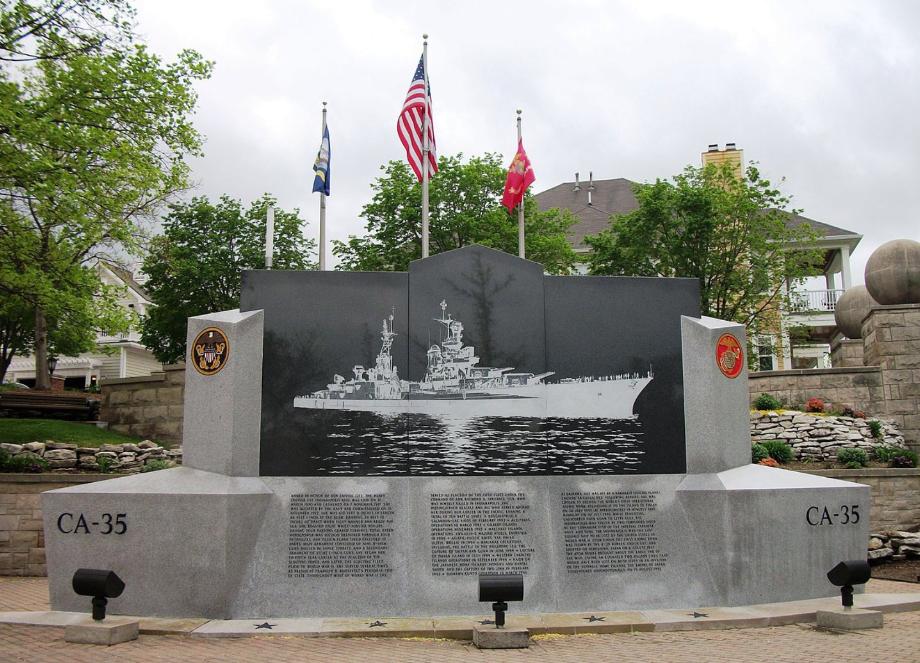
U.S.S. Indianapolis Memorial, Indianapolis, Indiana
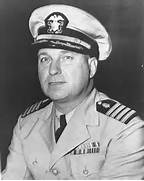
Captain Frank Van Ault, USN (Ret) (1922 – August 25, 2006) was a United States Naval officer. He is best remembered for the classified study he led in 1968 that led to the creation of the Navy Fighter Weapons School, or TOPGUN. Disturbed over less than expected performance of Navy fighters against the North Vietnamese MiGs in the first stage of the Vietnam War 1965-1968 in which the exchange ratio was at best 2.5:1
Civilian researchers discover USS Indianapolis wreckage, August 20, 2017
A team of civilian researchers led by entrepreneur and philanthropist Paul G. Allen has announced they have found the wreck of the World War II cruiser USS Indianapolis (CA 35) which was lost July 30, 1945, a news release from Naval History and Heritage Command stated. This is a significant discovery considering the depth of the water in which the ship was lost — more than 18,000 feet. Around 800 of the ship’s 1,196 Sailors and Marines survived the sinking, but after four to five days in the water — suffering exposure, dehydration, drowning, and shark attacks — only 316 survived. Indianapolis was lost in the final days of World War II when it was torpedoed by a Japanese submarine in the early morning hours of July 30, 1945. The Indianapolis sank in 12 minutes, making it impossible to send a distress signal or deploy much of its life-saving equipment. Prior to the attack, the Indianapolis had just completed a secret mission delivering components of the atomic bomb used in Hiroshima that would ultimately help end the war in the Pacific.